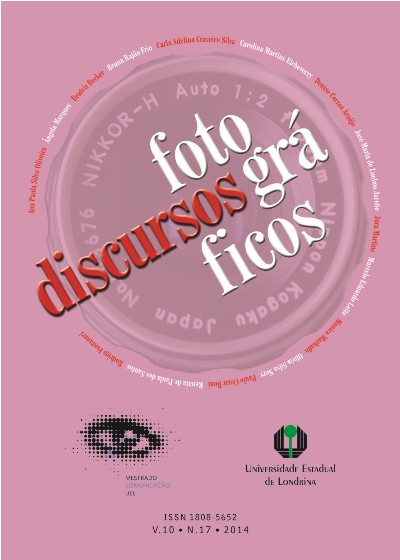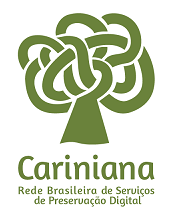Text and images: relations in illustrated book for children with visual impairment
DOI:
https://doi.org/10.5433/1984-7939.2014v10n17p239Keywords:
Braille books, Illustrations, Visually handicapped children, Reading comprehension, Releif printing, Visually handicapped,Abstract
Exploratory, the paper presents and discusses the response of children with visual impairment on the illustrated children’s book, analyzing how to establish relationships and dialogue between text and image support in the book from the perspective of non- visual , mainly in concerns the cognitive feature and the specific conditions of visual impairment . This study is justified by the importance that access to different languages ( image and text ) , added to the literary function of fictional narrative can provide the Bantam player, as well as access to imaging and its meaning to the reader , there is still the possibility include children with visual impairment in the literary universe in a field whose intricate set of languages provides the reader with a multiplicity of meanings that can take children’s reader to find new ways to relate to the world . The method used here , interview - conversation ( SARAMAGO , 2001) , questions blind and low vision between 10 and 14 years Londrinense Institute of Education and Work for the Blind of Londrina / PR on the relationship between image and text children during reading two illustrated works adapted : forgotten Adelia Adelia and dreamy, both selected by the diversity of graphical features ( smooth textures , flocked , granular , etc.) used in the translation of images for relief . The aim is to compare two aspects equivalences and differences between reading narratives that rely on graphics to convey its essential message and that can easily be understood only by the text in order to verify that an integration or fragmentation of languages that exist on integrating image text - in the context of visual impairment . Results indicate that the experience of reading is complexed in each book , unique to each turn of the page and predominantly verbal. However, typologies act as effective parameter for understanding the various relationships between image and text observed during the interview and awaken to the vast field of possibilities that are there to be explored in the adapted children’s literature . We conclude that tactile image and text has not yet reached the status of parity adapted works, it is necessary to increase dialogue and information sharing between the mediators of the books and the public with visual impairments , so that not only promotes increased quality and quantity of suitable products, but also a greater critical exercise for the front of interdependent narratives with image and text reader.Downloads
Downloads
Published
2014-12-29
How to Cite
Ruiz, T. (2014). Text and images: relations in illustrated book for children with visual impairment. Discursos Fotograficos, 10(17), 239–240. https://doi.org/10.5433/1984-7939.2014v10n17p239
Issue
Section
Dissertações
License
Discursos fotográficos adota a licença CC-BY-NC, esta licença permite copiar e redistribuir o material em qualquer meio ou formato, remixar, transformar e desenvolver o material, desde que não seja para fins comerciais. E deve-se atribuir o devido crédito ao criador.

Este obra está licenciado com uma Licença Creative Commons Atribuição-NãoComercial 4.0 Internacional.
















